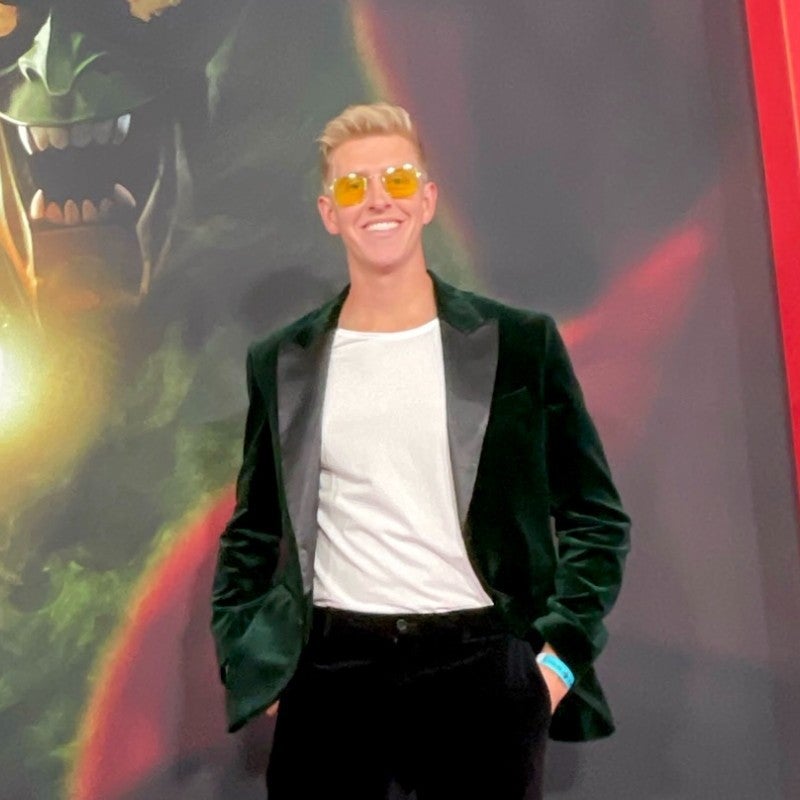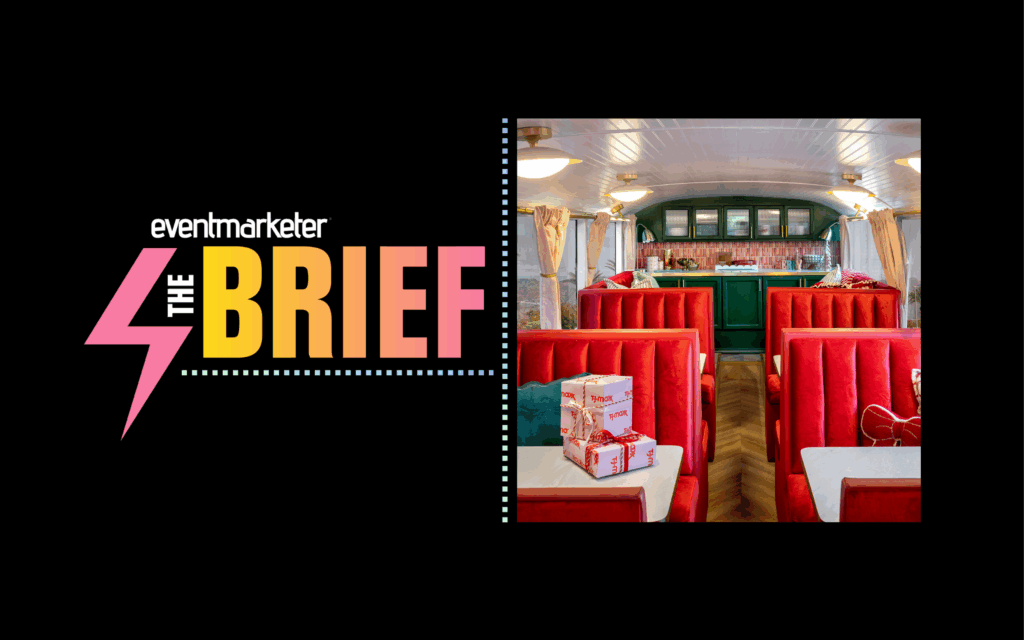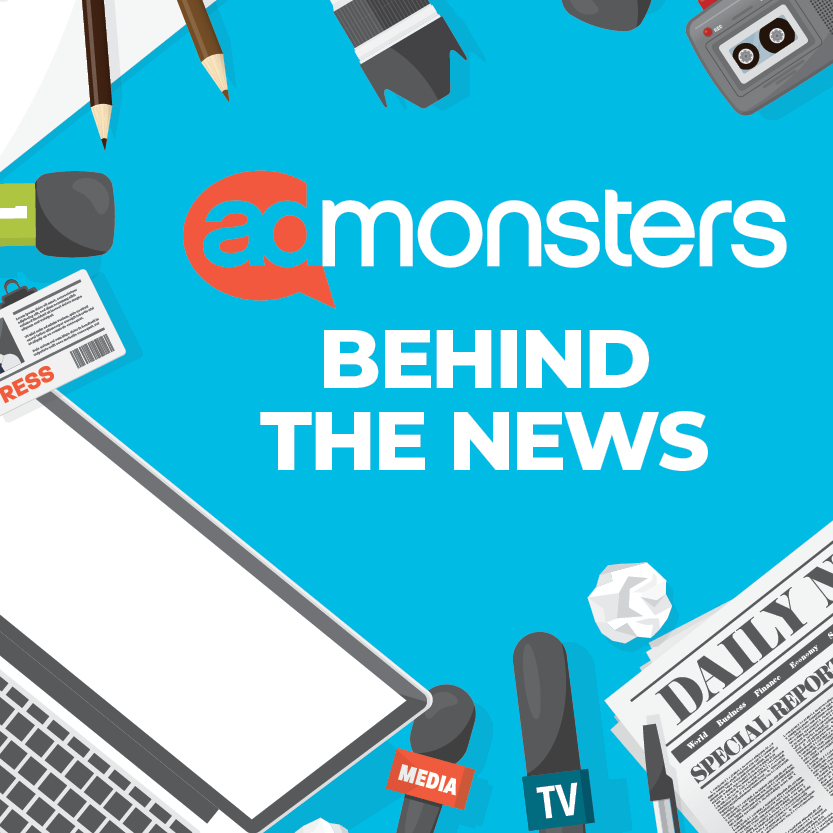Aside from the Presidential Election, it’s not often that almost 91 million people in the US alone congregate for a single event. The Super Bowl is the highest rated television show of the year and arguably the best day in all of advertising, it had better be at more than $83,000 per second, and that excludes the cost of the actual commercial. Price aside, what makes Super Bowl advertising fun is the anticipation and participation that comes with these often over the top ads. In this, our second annual Super Bowl advertising recap, we look at the various strategies used by advertisers and compare this year’s crop of ads to last year’s equally expensive but not quite as intriguing collection.
Believe it or not, this year 59 companies had Super Bowl Spots. That number rises to 62 if you include the cross sell spots by ABC for its Lost and Desperate Housewives shows, the NFL with its four commercials promoting everything from NFL mobile to Superbowl.com, and the United Way, which has a long history with the NFL. These 62 companies presented, according to my count, 88 different brands. Even more impressive, though, than the number of advertisers and brands was the total number of unique commercials – 103. With that many, it’s no wonder advertisers feel the need to try and one-up each other. The average person has a hard enough time remembering a ten digit phone number on the first go around; try recalling more than a handful of commercials! That’s why we see ads of many sorts.
Among the most memorable, but most difficult methods to do well, are those that can make us laugh. Fed Ex and the caveman did it for sure; so too did Nationwide’s Fabio Shampoo spot; and, Sprint’s locker room scene of a phone providing anti-theft protection got some laughs out of me. Ameriquest again showed that mortgage ads could be fun and Bud Light just makes it look easy. But, not every company can get its message across with a punchline. That to me explains why a large segment of ads opted to compete for our recall by flexing their creative muscle. You don’t laugh at commercials like the Honda’s mud flap rendezvous or Careerbuilder.com’s monkeys and assess. Same goes with ESPN Mobile’s takeover of Downtown LA, and Hummer’s H3 Robot and Monster ad, which as good as it is, trails in comparison to the accompanying website.
Other advertisers take their well produced commercials and go for the third method, our hearts. In retrospect it is somewhat odd that this year’s emo-ads focused on drinking and driving. For example, who knew a beer commercial starring horses could pack such an emotional punch or that a car commercial with a frog puppet could be so beloved. Yet, they were, and that is what makes Emotion and the earlier strategies – humor and creativity three of the most common ways advertisers chose to vie for our attention and recall in this Super Bowl. Three others pop up as well – Celebrity spokespersons, sex appeal, and a focus on the product. Leonard Nimoy helped tout the benefits of Aleve and save a potential riot from breaking out at the mock Star Trek convention; GoDaddy.com succeeded in making a confusing commercial with too little Candice Michelle; and, I’m sure Blockbuster Online, not to mention ATT / SBC, has confidence in its product, but save that monologue for baseball season.
How were this year’s compared to last? With respect to who and how many, quite similar. Anheuser-Busch showed a mere eight ads this year, as opposed to last year’s nine; Pepsi went for the Lite-r side and featured only Diet Pepsi, which again occupied two spots. Careerbuilder.com still had the monkeys, but showed some restraint with two not four spots, and included a third species to mix it up. Missing from this year’s game though were the gadget makers like Olympus, sandwich fast food chains Subway and Quiznos, and the ED drug makers. The internet sector had Overstock, GoDaddy.com, and Careerbuilder.com this year, same as last, but no MSN Search and Napster. No one though seems to long for the return of 2005’s one off spots featuring Tabasco and Bubblelicious.
The biggest winner in all of this, besides the viewer, is the Super Bowl. It’s more than a game and more than a television program. It’s a mega-brand, part physical, part emotional. The athletic piece feels more like a ceremony – you don’t just watch it, you respect it, and the quality and reverence paid to the ads seems to restore balance in the marketing supported content world, even if briefly. The Super Bowl reminds us that TV is not dead; it’s integral to the viewing experience. That fact though, doesn’t lessen the role other forms of media play. If anything, the Super Bowl acts as a magnifying glass, and the follow-up piece looks at the difference a year has made when it comes to the ways in which advertisers communicate and the role of the web. Keep reading to find out how.



